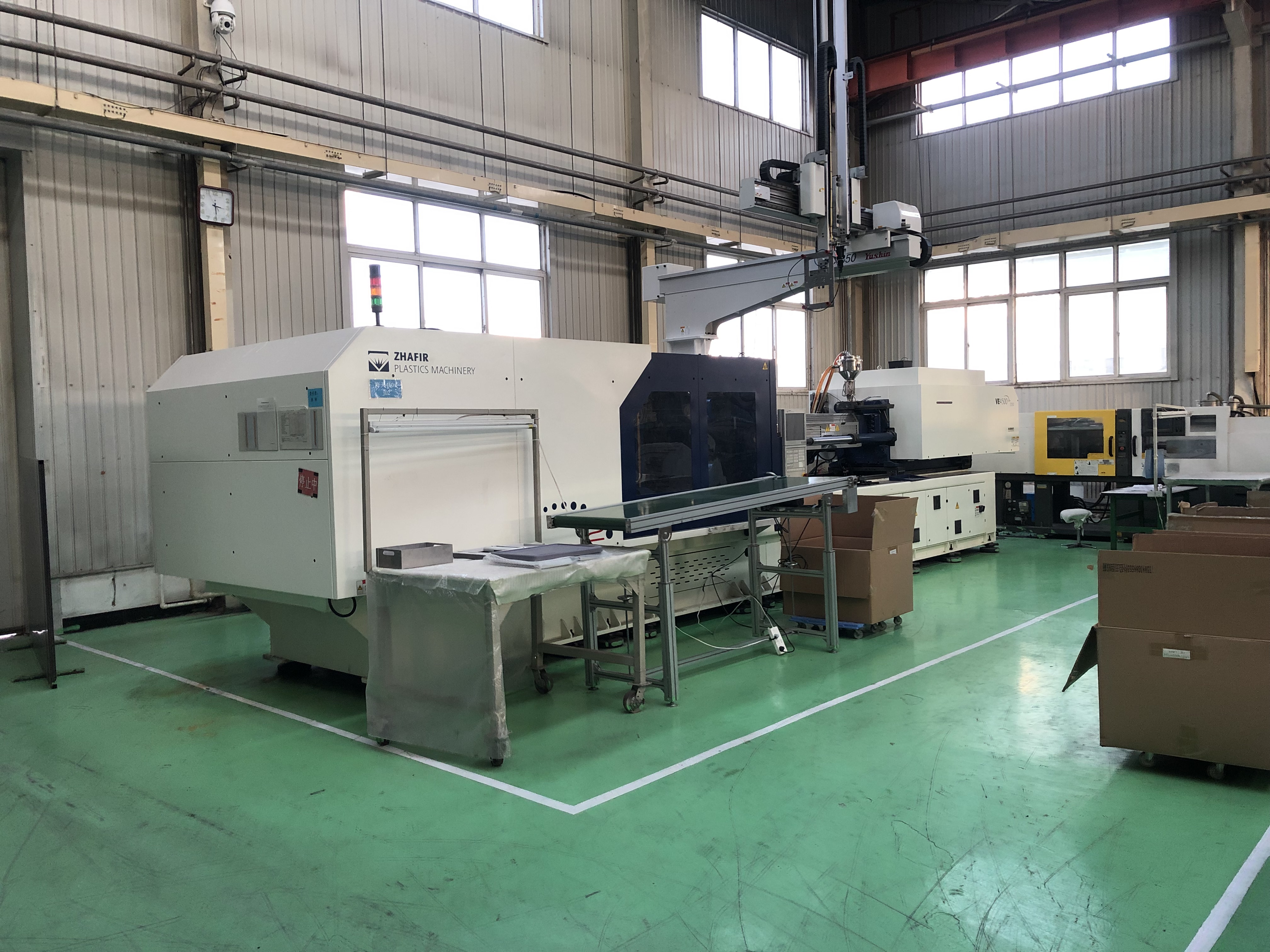The types of mold temperature controllers are classified according to the heat transfer fluid (water or heat transfer oil) used. With water-carrying mold temperature machine, the maximum outlet temperature is usually 95℃. The oil-carrying mold temperature controller is used for occasions where the working temperature is ≥150℃. Under normal circumstances, the mold temperature machine with open water tank heating is suitable for water temperature machine or oil temperature machine, and the maximum outlet temperature is 90℃ to 150℃. The main characteristics of this kind of mold temperature machine are simple design and economical price. On the basis of this kind of machine, a high-temperature water temperature machine is derived. Its allowable outlet temperature is 160℃ or higher. Because the heat conductivity of water is higher than that of oil at the same temperature when the temperature is higher than 90℃. Much better, so this machine has outstanding high-temperature working capabilities. In addition to the second, there is also a forced-flow mold temperature controller. For safety reasons, this mold temperature controller is designed to work at a temperature above 150°C and uses heat transfer oil. In order to prevent the oil in the heater of the mold temperature machine from overheating, the machine uses a forced flow pumping system, and the heater is composed of a certain number of tubes stacked with finned heating elements for diversion.
Control the unevenness of the temperature in the mold, which is also related to the time point in the injection cycle. After injection, the temperature of the cavity rises to the highest, when the hot melt hits the cold wall of the cavity, the temperature drops to the lowest when the part is removed. The function of the mold temperature machine is to keep the temperature constant between θ2min and θ2max, that is, to prevent the temperature difference Δθw from fluctuating up and down during the production process or the gap. The following control methods are suitable for controlling the temperature of the mold: Controlling the temperature of the fluid is the most commonly used method, and the control accuracy can meet the requirements of most situations. Using this control method, the temperature displayed in the controller is not consistent with the mold temperature; the temperature of the mold fluctuates considerably, and the thermal factors affecting the mold are not directly measured and compensated. These factors include changes in the injection cycle, injection speed, melting temperature and room temperature . The second is the direct control of mold temperature.
This method is to install a temperature sensor inside the mold, which is only used when the mold temperature control accuracy is relatively high. The main features of mold temperature control include: the temperature set by the controller is consistent with the mold temperature; the thermal factors affecting the mold can be directly measured and compensated. Under normal circumstances, the stability of the mold temperature is better than by controlling the fluid temperature. In addition, the mold temperature control has better repeatability in the production process control. The third is joint control. Joint control is a synthesis of the above methods, it can control the temperature of the fluid and the mold at the same time. In joint control, the position of the temperature sensor in the mold is extremely important. When placing the temperature sensor, the shape, structure, and location of the cooling channel must be considered. In addition, the temperature sensor should be placed in a place that plays a decisive role in the quality of injection molded parts.


There are many ways to connect one or more mold temperature machines to the injection molding machine controller. From the consideration of operability, reliability and anti-interference, it is best to use a digital interface, such as RS485. Information can be transferred between the control unit and the injection molding machine through software. The mold temperature machine can also be controlled automatically. The configuration of the mold temperature machine and the configuration of the mold temperature machine used should be comprehensively judged according to the material to be processed, the weight of the mold, the required preheating time and the productivity kg/h. When using heat transfer oil, the operator must comply with such safety regulations: Do not place the mold temperature controller near the heat source furnace; use taper leak-proof hoses or hard pipes with temperature and pressure resistance; regular inspections Temperature control loop mold temperature controller, whether there is leakage of joints and molds, and whether the function is normal; regular replacement of heat transfer oil; artificial synthetic oil should be used, which has good thermal stability and low coking tendency.
In the use of the mold temperature machine, it is extremely important to choose the right heat transfer fluid. Using water as a heat transfer fluid is economical, clean, and easy to use. Once the temperature control circuit such as a hose coupler leaks, the water flowing out can be directly discharged to the sewer. However, water used as a heat transfer fluid has disadvantages: the boiling point of water is low; depending on the composition of the water, it may be corroded and scaled, causing increased pressure loss and decreased heat exchange efficiency between the mold and the fluid, and so on. When using water as a heat transfer fluid, the following precautions should be considered: pre-treat the temperature control circuit with an anti-corrosion agent; use a filter before the water inlet; regularly clean the water temperature machine and mold with a rust remover. There is no disadvantage of water when using heat transfer oil. Oils have a high boiling point, and they can be used at temperatures higher than 300°C or even higher, but the heat transfer coefficient of heat transfer oil is only 1/3 of that of water, so oil temperature machines are not as widely used in injection molding as water temperature machines.

Post time: Nov-01-2021
